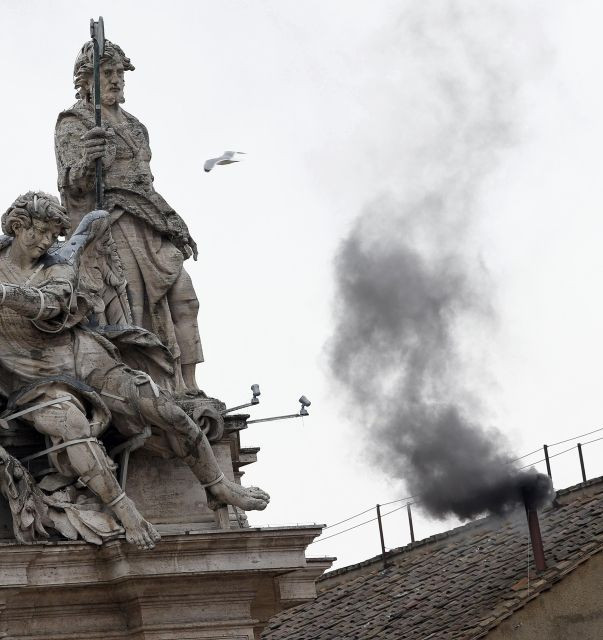
While the Catholic Church is facing some of its most uncertain times in history, they are also without a sitting pope.
Cardinals entered the Sistine Chapel on Tuesday to elect the next pope. This pope will be the Church's 266th pontiff and the successor to Pope Benedict. The process of electing a pope is one of the oldest and most secretive electoral processes. Therefore, to help explain this mysterious process, let us first decide who is involved.
Who is involved in Papal Conclave?
Now that Pope Benedict abdicated there are 115 cardinals under the age of 80 years old, all whom are participating. There are two other eligible cardinals that are not attending the conclave. One of the missing cardinals is plagued with poor health, while the cardinal is involved with a sex scandal. No part of the electoral process deems that one of the cardinal electors has to be named pope, but tradition shows that it is.
According to the New York Daily News, the cardinal electors involved in the conclave are from 48 different countries. Italians make up the biggest single national bloc, with 28 cardinals against 11 from the United States, six from Germany and five each from India and Brazil. Sixty cardinals come from Europe, 19 from Latin America, 14 from North America, 11 from Africa, 10 from Asia and one from Oceania.
Where is the Papal Conclave?
The Papal Conclave is held in the Sistine Chapel under Michelangelo's fresco of "The Last Judgment" and of Bible scenes. Cardinals are banned from communicating with the outside world. The rooms are swept for any phones, listening devices or bugs. The cardinals are so contained from the outside world that they are not allowed to return to their homes after meetings. They reside in a Vatican hotel behind Saint Peter's Basilica.
What is the history of the Papal Conclave?
The word "conclave" derives from the Latin phrase "cum clave" or "with a key," which references the days when cardinals would be locked up, quite literally, with a key. Most conclaves of the 20th century have lasted about three days. Although the last conclave in which Pope Benedict was elected lasted a mere 24 hours.
Even the voting at the conclave is a process. Cardinals will casted their first vote on Tuesday, now from this morning on, the cardinals will vote twice each morning. To win, a candidate needs a two-thirds majority, or at least 77 votes.
It seems as though the smoke is one of the more well-known aspects of the conclave, but the reasoning behind the process remains a mystery to most. After cardinals vote, the paper ballots with the words "Eligo in Summum Pontificem," which translated from Latin means, "I choose as Supreme Pontiff," are burned and the smoke bellows out from the chimney atop the Sistine Chapel.
The smoke signals, tell the world whether a new pope has been elected or not. The signals come at about noon and 7 p.m. each voting day. Black smoke marks an inconclusive vote. White smoke and the tolling of the bells of St. Peter's Basilica mean a pope has been elected.
After three voting sessions, black smoke is still billowing from the Sistine Chapel.
RELATED:
LA Catholic Church Sex Scandal: Church To Pay $10 Million To Settle Cover-Up Abuse Cases
© 2025 Latin Times. All rights reserved. Do not reproduce without permission.





